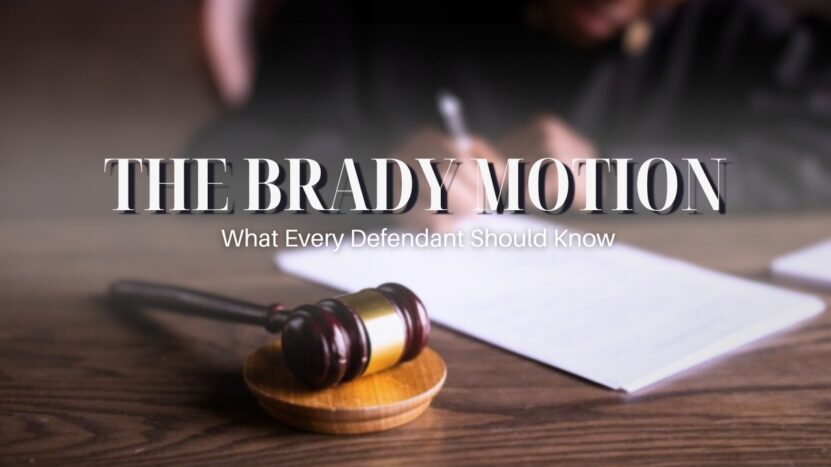In the landscape of criminal law, various motions and legal strategies can greatly impact the course of a defendant’s case. One such essential tool is the Brady Motion, a motion invoking a Supreme Court rule mandating the prosecution to disclose exculpatory evidence to the defense.
Named after the case of Brady v. Maryland (1963), the Brady motion has become an indispensable tool to ensure a fair trial. The primary purpose of this motion is to preserve the integrity of the justice system by ensuring that defendants have access to all information that could potentially prove their innocence or undermine the prosecution’s case.
If evidence favorable to the defense is withheld by the prosecution, it may lead to unjust convictions, hence the necessity for this motion.
Importance of Understanding the Brady Motion for Defendants
Understanding the Brady Motion is of paramount importance for defendants. At its core, it ensures that the prosecution plays fair, sharing all relevant information and not withholding anything that could tilt the scales of justice in favor of the defense. By understanding it, defendants can gain a more comprehensive understanding of their rights and protections in the legal system.
They can more actively participate in their defense, knowing when to ask their attorneys to file a motion, and also better grasp how their case is being handled. Understanding it, therefore, contributes significantly to empowering defendants, potentially affecting the outcome of their cases.
Origins and Background
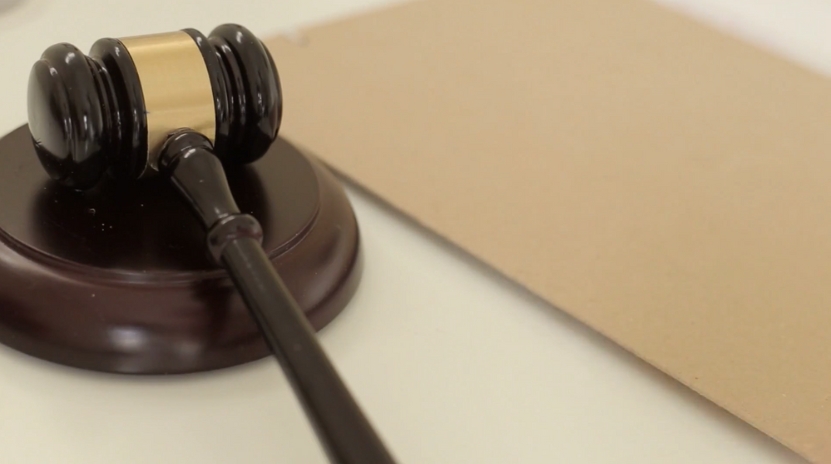
It has its origins in the landmark Supreme Court case of Brady v. Maryland (1963). In this case, John Brady and his accomplice, Donald Boblit, were charged with murder. At the trial, although the former admitted his involvement in the crime, he claimed that Boblit was the one who actually killed the victim.
The prosecution withheld a statement from Boblit that confirmed Brady’s version of the events, leading to his conviction.
Named After Brady v. Maryland Case (1963)
The Supreme Court eventually ruled in favor of Brady, establishing the principle that became the basis of the motion named after him. The Court held that the prosecution’s failure to share Boblit’s statement — which was favorable to Brady’s defense — violated the due process clause of the 14th Amendment.
This case created a significant precedent in criminal law, setting the ground for the Brady motion. The motion’s name is a direct nod to the case that created the legal requirement for the prosecution to disclose exculpatory evidence to the defense.
What Does This Motion Entail?
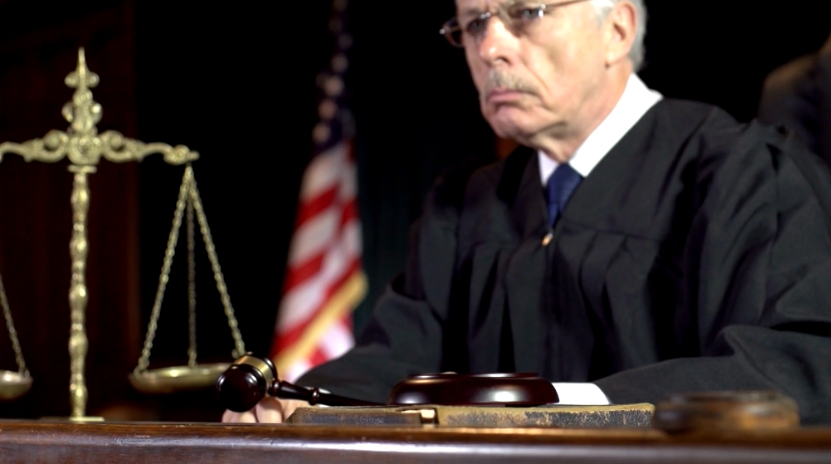
• Disclosure obligations of the prosecution: Under this rule, the prosecution is required to disclose all evidence that could be favorable to the defendant, whether it affects the question of guilt or the severity of the sentence.
This requirement extends not just to the prosecutors but also to all members of the government involved in the investigation and prosecution of the case, including the police and other law enforcement agencies.
• Duty to provide exculpatory evidence to the defense: The prosecution’s duty to disclose includes providing any exculpatory evidence to the defense. Exculpatory evidence is evidence that might exonerate the defendant or reduce their potential sentence.
This requirement stems from the fundamental principle of fairness that underlies the American legal system.
• Definition of exculpatory evidence: Exculpatory evidence is any information that can prove a defendant’s innocence, mitigate their guilt, or reduce their sentence.
This can include anything from physical evidence, like DNA or fingerprints, to testimonies, videos, or any other kind of proof that contradicts the prosecution’s case or supports the defense’s argument.
Key Elements of a The Named Motion
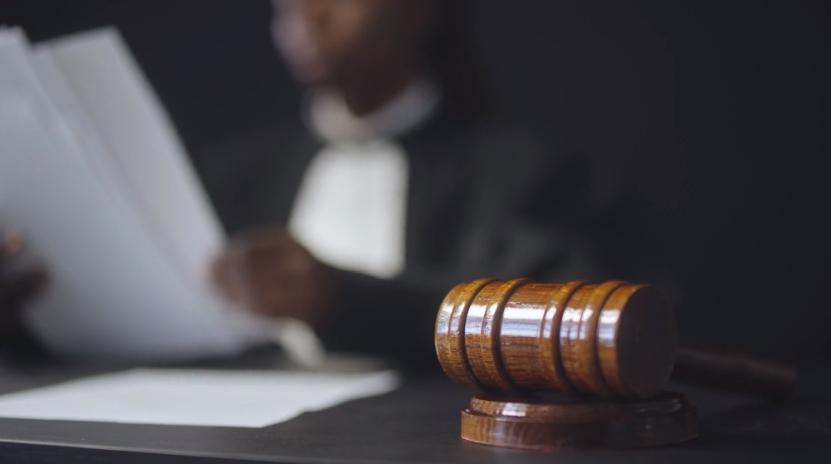
• Materiality requirement: To successfully argue this motion, it is necessary to demonstrate that the undisclosed evidence is “material.” This means that there’s a reasonable probability that, had the evidence been disclosed, the outcome of the trial would have been different.
In other words, the evidence must be significant enough to potentially influence the jury’s verdict or the sentence.
• Favorable evidence to the defense: Another essential element of this motion is that the undisclosed evidence must be favorable to the defense.
This can include evidence that directly proves the defendant’s innocence, undermines the credibility of a key prosecution witness, or otherwise casts doubt on the prosecution’s case.
• Suppression by the prosecution: Lastly, a successful Brady Motion requires proof that the prosecution suppressed the evidence, meaning they either intentionally or unintentionally failed to disclose it to the defense.
This is often the most contentious part of a Brady claim, as it can be difficult to prove that the prosecution knew about the evidence and chose not to disclose it.
The Role of Exculpatory Evidence
It is vital to understand the significance of exculpatory evidence. It plays a crucial role in ensuring a fair trial. It is vital for maintaining the integrity of the justice system and preventing wrongful convictions. By disclosing this evidence, the prosecution upholds its duty to seek justice, not merely to win cases.
How Exculpatory Evidence Can Impact a Defendant’s Case
The impact of exculpatory evidence on a defendant’s case can be monumental. It can cast reasonable doubt on the defendant’s guilt, thereby leading to an acquittal.
Alternatively, it may point to a lesser degree of guilt or suggest a lesser sentence, significantly changing the outcome of a trial. It underscores the importance of the Brady motion, as it safeguards a defendant’s right to such evidence.
Examples of Exculpatory Evidence

Witness statements or testimonies contradicting the prosecution’s case are the primary examples. These statements or testimonies that contradict the prosecution’s case are common forms of exculpatory evidence. This can include statements that offer an alibi for the defendant, contradict key facts of the prosecution’s theory, or otherwise cast doubt on the prosecution’s case.
Physical evidence that undermines the prosecution’s theory is another example. Evidence that contradicts the prosecution’s theory of the crime can also be exculpatory.
We are talking about DNA evidence, fingerprints, surveillance videos, or any other physical proof that contradicts the prosecution’s case or suggests a different interpretation of events.
Evidence of the defendant’s innocence or an alternate perpetrator also plays into the mix. Other types of exculpatory evidence could include anything that proves the defendant’s innocence or points to an alternate perpetrator.
It could be a confession by someone else, evidence placing the defendant away from the scene of the crime, or any other proof that exonerates the defendant or implicates another person.
The Consequences of Brady Violations
Brady violations happen more frequently than you think. It is the defendant’s job to notice when this is the case and file a motion. When there are violations, one should know that there are consequences when they’re discovered.
Court Remedies for Brady Violations
If a court determines that a Brady violation has occurred, several remedies can be provided. Depending on the severity of the violation and its impact on the trial, the court may order a new trial, dismiss charges, or modify a sentence. These remedies aim to correct any harm caused by the prosecution’s failure to disclose exculpatory evidence.
Potential Impact on The Defendant’s Case and Trial Outcome
A Brady violation can have profound implications for a defendant’s case and the trial’s outcome. If crucial exculpatory evidence was withheld, it might have led to an unjust conviction or an overly harsh sentence.
In such cases, proving a Brady violation can lead to a reversal of the conviction or a reduction in the sentence, delivering justice where it was initially denied.
Strategies for Utilizing a Brady Motion
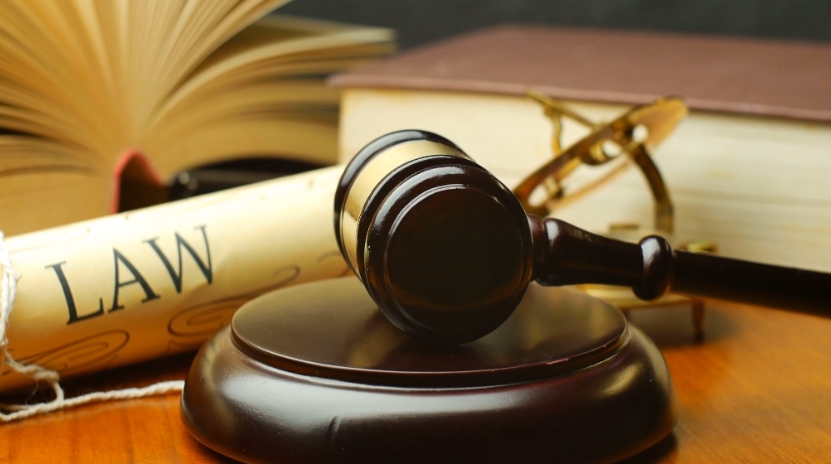
Building a Strong Defense Team to Identify Potential Brady Materials
A well-equipped defense team can effectively identify potential materials for this type of motion. Defense attorneys should be well-versed in the nuances of the Brady rule and have a thorough understanding of the case and the evidence to identify potential exculpatory evidence effectively.
Requesting and Reviewing Discovery Materials from The Prosecution
Another crucial strategy is to actively request and review discovery materials from the prosecution. By carefully scrutinizing these materials, the defense team can potentially identify withheld exculpatory evidence, thereby strengthening their Brady motion.
Working with Defense Counsel to Craft an Effective Brady Motion+
Finally, it’s crucial to work closely with defense counsel to craft an effective Brady motion. The motion must persuasively argue that the prosecution has withheld exculpatory evidence, thereby violating the Brady rule. A well-crafted motion can significantly bolster the defense’s case and potentially alter the outcome of the trial.
The Importance of Timeliness
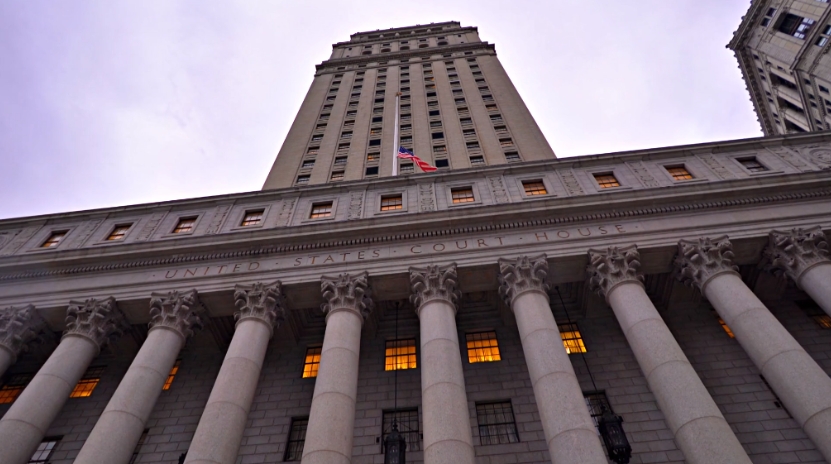
Deadlines for Filing a Brady Motion
Timeliness is of the essence when filing a Brady motion. The exact deadlines can vary depending on the jurisdiction and the specific circumstances of the case, but generally, it’s critical to file the motion as soon as the defense becomes aware of the possible violation. Delays can potentially harm the defense’s case and even result in the court denying the motion.
Consequences of Untimely Brady Motions
Untimely Brady’s Motions can have serious consequences. If a motion is filed too late, the court may refuse to consider it.
Additionally, delays can potentially affect the overall defense strategy and ultimately harm the defendant’s case. This underscores the importance of acting promptly and diligently when dealing with potential violations.
The Role of Defense Counsel
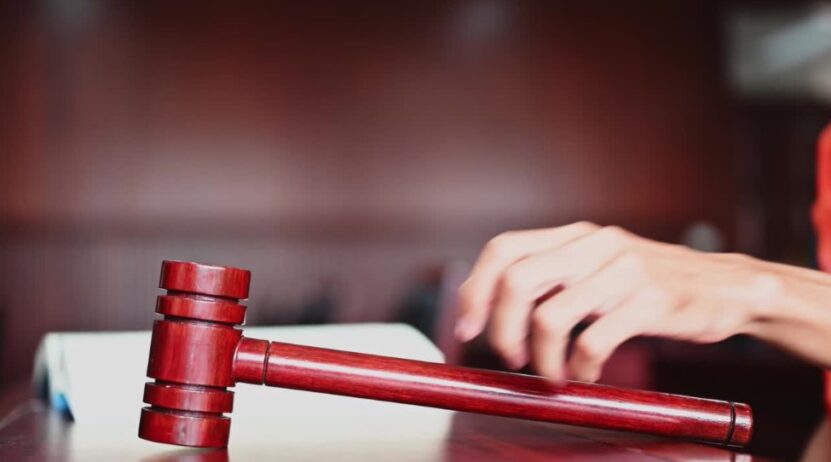
Responsibilities of Defense Attorneys in Relation to Brady Motions
Defense attorneys play a critical role in the context of Brady’s motions. They bear the responsibility of identifying potential exculpatory evidence, vigorously pursuing its disclosure, and crafting persuasive cases.
They also play a vital role in educating their clients about their rights under the rule named after the titular character, empowering them to participate more actively in their defense.
How Defense Attorneys Can Leverage the Brady Motion to Protect Their Clients
Defense attorneys can leverage the Brady Motion to protect their clients by using it as a tool to ensure the prosecution plays by the rules.
By effectively invoking the named rule, defense attorneys can prevent the prosecution from unfairly withholding exculpatory evidence, thereby safeguarding their clients’ rights and potentially influencing the outcome of the trial.
Recent Developments and Controversies

Notable Court Cases Involving Brady Violations
Several recent court cases have put the spotlight on these violations, further emphasizing the significance of this rule. These cases involve serious allegations of prosecutorial misconduct, where the prosecution is accused of withholding key exculpatory evidence.
These cases have sparked widespread debates about the scope of the named rule and the consequences for violating it.
Ongoing Debates and Discussions Surrounding the Brady Motion
The Brady rule has been the subject of ongoing debates and discussions in the legal community. Some argue for stricter enforcement of the rule and more severe consequences for violations, while others call for more flexibility, arguing that not every failure to disclose amounts to a Brady violation.
These discussions highlight the ongoing relevance of the entire motion and its importance in ensuring a fair criminal justice system.
Conclusion
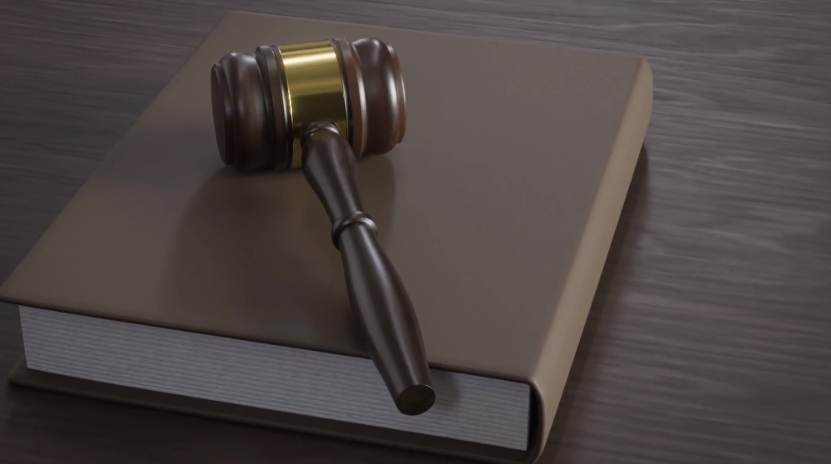
The Brady Motion, named after the landmark case of Brady v. Maryland, obligates the prosecution to disclose any exculpatory evidence to the defense. This critical tool ensures the integrity of the criminal justice system, preventing the prosecution from gaining an unfair advantage and potentially changing the outcome of a trial.
Empowering defendants with knowledge about this motion and their rights is of paramount importance. By understanding it, defendants can better navigate their cases, ensuring they have access to all the evidence necessary to mount an effective defense.
As defendants, lawyers, and advocates for justice, it’s our responsibility to ensure that the rule is upheld and that its power continues to shield defendants from potential injustices.

